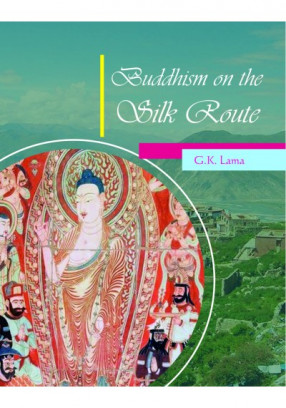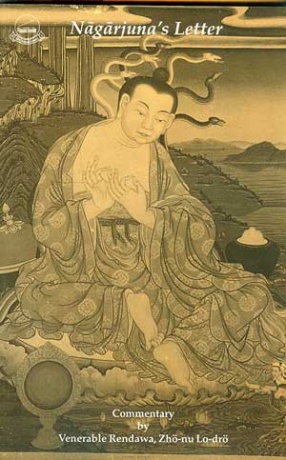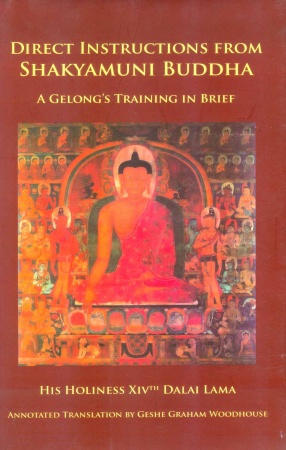Guardian of a Dying Flame: Sariputra (c. 1335 1426) & the End of Late Indian Buddhism
Arthur McKeown presents the first full-length analysis of the continuation of Buddhism in India after the thirteenth century. This study describes later Indian Buddhism through a detailed examination of the life of Sariputra (c. 1335 1426), the last known abbot of the Bodhgaya Mahavihara, whose very presence extends Indian Buddhism by two centuries. This work also provides a view into the legacy of Indian Buddhism in fifteenth-century Nepal, Tibet, and China. McKeown follows Sariputra s travels and works throughout pan-Buddhist Asia, from restoring the Swayambhunatha caitya in Nepal and establishing tantric lineages in Tibet to overseeing the rebuilding of the Mahabodhi temple in Ming Dynasty Beijing. McKeown centers his examination on newly revealed Tibetan and Chinese biographies of Sariputra, as well as looking at a collection of historical documents in Sanskrit, Tibetan, and Chinese. These sources point to a fundamental reconsideration of later Indian Buddhism, its relationship with Brahmanism and Islam, and its enduring importance throughout Central, East, and Southeast Asia.
Get it now and save 10%
BECOME A MEMBER







Bibliographic information